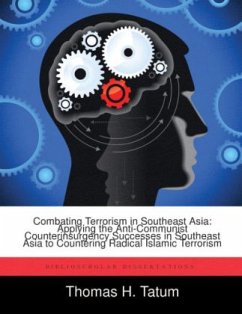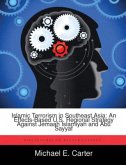Since the beginning of the Global War on Terrorism (GWOT) after the 9/11 attacks, we have learned that Al-Qaeda linked and inspired radical Islamic terrorist organizations are operating throughout the world as part of a connected global insurgency. This insurgency emerged in Southeast Asia in a horrifying and undisputed way in October 2002 with a deadly bombing in Bali, Indonesia leaving over 200 dead and over 200 others injured. Since then, several Southeast Asia countries including Malaysia, Indonesia, and the Philippines have wrestled with this challenge and have taken various measures to eliminate radical Islamic terrorism using lessons from years of counterinsurgency activities. This paper attempts to identify areas where the U.S. can expand its contributions in fighting this global insurgency, focusing primarily on Southeast Asia efforts and using lessons from past Southeast Asia counterinsurgency operations. Although the focus is combating radical Islamic terrorism in Southeast Asia, this paper also addresses implications for combating terrorism throughout the world using the Southeast Asia model.








